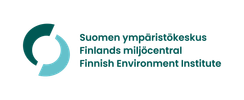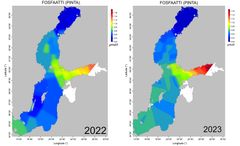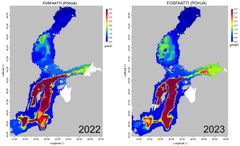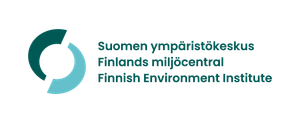Aranda’s winter monitoring cruise: Water masses mixed by wind bring phosphate into surface water in eastern Gulf of Finland
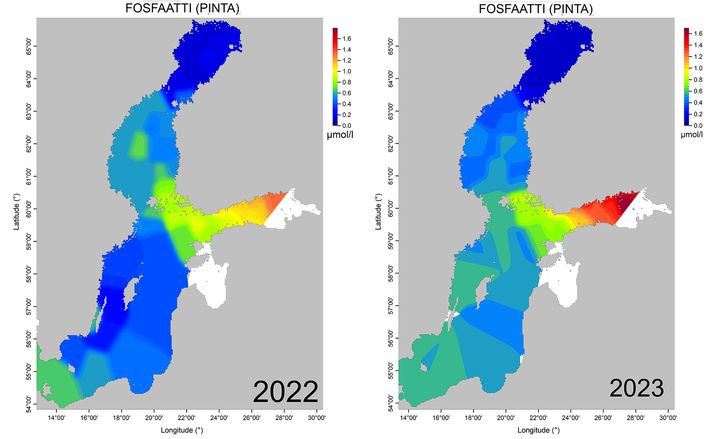
High levels of phosphorus nutrients in surface layers of the open sea area
High levels of nutrients were measured in the surface layers of the open sea areas of the Gulf of Finland, especially in areas east of Helsinki.
“At the easternmost observation point we got record-high readings for Aranda’s winter cruises. The phosphate concentration in the surface layer was higher than ever before”, says Cruise Leader Harri Kankaanpää.
The apparent reason for the high phosphate concentration in the Gulf of Finland is the flow of phosphorus-rich deep water from the main basin of the Baltic Sea, as well as the local release of phosphorus from the bottom of the Gulf of Finland. Heavy storms in January mixed the masses of water, raising phosphate to a high level also in the surface layers. The mixing of water masses also has positive effects. It has improved the oxygen situation of the sea bottom, and in the western Gulf of Finland oxygen was found at depths as low as 100 metres. Rain and melting snow in the early winter caused large amounts of substances to flow down rivers into the Gulf of Finland in January, but these short-term runoffs of phosphorus from land are not the cause of the high phosphorus levels measured in the open sea during the winter monitoring cruise.
Phosphate levels in the top layers of the open sea areas of the Bothnian Sea, Kvarken, and Bothnian Bay were higher than usual. The level of inorganic nitrogen in these areas was close to those measured during the previous years. There was less oxygen in the deep basins of the Bothnian Sea than last winter. The Bothnian Sea is never anoxic, due to the naturally low oxygen consumption and the underwater ridge in the Åland Sea, limiting the inflow of anoxic deep water from the Baltic Proper.
In the Archipelago Sea, the entire column was mixed and the oxygen and nutrient situation was at the normal level for the time of year.
The oxygen situation in the deep basins of the Baltic Proper remains poor, and the near-bottom phosphate concentration is very high compared with the other sub-basins. Consequently, the saline, oxygen-poor and nutrient-rich water masses flowing from the Baltic Proper may continue to affect the situation in the Gulf of Finland.
Levels of non-organic phosphate nutrients higher in Finland’s open sea areas
The goal of the Finnish Marine Strategy is to ensure good environmental status in the marine environment. Finland is also active in the work of the Baltic Marine Environment Protection Commission (HELCOM) whose goal of a good environmental status applies to the entire Baltic Sea. The current state of the marine environment is regularly monitored and assessed with the help of indicators. Observations of nitrogen and phosphorus made on Aranda’s winter monitoring cruise are utilised in the updating of nutrient indicators that describe the development of eutrophication.
The most recent assessment on the state of the Finnish marine environment, (Suomen meriympäristön tila 2018), published in 2018, indicated that the nutrient level in nearly all our open sea areas exceeded the thresholds of good environmental status. The level of inorganic phosphorus was below the threshold only in the Bothnian Bay. Our entire marine area was found to suffer from eutrophication. In addition to nutrient concentrations, indicators describing direct and indirect effects of eutrophication were used (indicators describing state of phytoplankton and sea bottom) in the assessment.
Observations from this winter’s monitoring cruise, together with those from previous years, predict a deterioration of inorganic phosphorus in comparison to the assessment period. The nitrogen indicator does not reflect a corresponding deterioration, and even a slight improvement can be detected.
However, there is still a long way to go to reach a good environmental status of eutrophication in the sea areas. Finland’s open sea areas interact strongly with the main basin of the Baltic Sea, and the movements of water masses there have significant short-term effects especially on the state of the Gulf of Finland. In the long term, reducing the nutrient load coming from land and the air, and bringing climate change under control play a key role in achieving a good status for the sea. The inner coastal waters may respond to changes in our actions also in the shorter term.
Aranda’s winter monitoring cruise extended to the Gulf of Finland, the Archipelago Sea, the main basin of the Baltic Sea, the Åland Sea, the Bothnian Sea, the Kvarken, and the Bothnian Bay. During the cruise, information was gathered on the nutrient and oxygen situation, as well as on matters such as the amounts of harmful chemicals, microplastics, and underwater noise, and the physical situation. Aranda will embark on its next monitoring cruise in April, focusing on the spring blooming of phytoplankton.
Inquiries
The state of the Gulf of Finland, harmful chemicals, underwater noise: Leading Researcher, Cruise Leader Harri Kankaanpää, Finnish Environment Institute, tel. +358 295 251 258, firstname.lastname@syke.fi
Assessments of state of the Baltic Sea, indicators, long-term development of eutrophication: Group Manager Vivi Fleming, Finnish Environment Institute, tel. +295 251 363, firstname.lastname@syke.fi
Internal nutrient flows in the Baltic Sea: Senior Research Scientist Jouni Lehtoranta, Finnish Environment Institute, tel. +358 295 251 363, firstname.lastname@syke.fi
State of the Baltic Sea, indicators, eutrophication: Group Leader, Senior Research Scientist Vivi Fleming, Finnish Environment Institute, tel. +358 295 251 363, firstname.lastname@syke.fi
Communication specialist Eija Järvinen, Finnish Environment Institute, tel. +358 295 251 242, firstname.lastname@syke.fi
Keywords
Contacts
Media service at Finnish Environment Institute
The Finnish Environment Institute's Media Service provides information on our research, helps journalists find experts for interviews and provides photos for media use.
Our Communication experts will answer your inquiries on weekdays from 9 am to 4 pm.
Images
Links
About Suomen ympäristökeskus
It is time to move beyond solving environmental problems one by one, to systemic sustainability transformations. The Finnish Environment Institute (Syke) contributes to building a sustainable society through research, information and services. The Finnish Environment Institute is a research institute with 700 experts and researchers located in Helsinki, Oulu, Jyväskylä and Joensuu.
Subscribe to releases from Suomen ympäristökeskus
Subscribe to all the latest releases from Suomen ympäristökeskus by registering your e-mail address below. You can unsubscribe at any time.
Latest releases from Suomen ympäristökeskus
Finnish Ecosystem Observatory makes nature data accessible to all22.4.2024 15:13:39 EEST | Press release
The significance of nature data in society has grown significantly in recent years, as decision-making often requires more accurate, up-to-date, and diverse information about nature. The Finnish Ecosystem Observatory project has responded to society's information needs by, for example, building the Finnish Nature Information Hub website. In addition, a group bringing together different organisations has been established to coordinate nature information.
Viikkokatsaus 22.–26.4.202422.4.2024 14:11:46 EEST | Tiedote
Hei! Tässä tiedoksesi meillä Suomen ympäristökeskuksessa tällä viikolla ilmestyviä tiedotteita, uutisia, kampanjoita, blogeja ja uutiskirjeitä. Mukana myös tulevia tapahtumia ja webinaareja. Jakelemme viikkokatsauksen maanantaisin STT:n kautta. Koosteet löytyvät myös STT-uutishuoneesta, josta voit tilata kaikki Suomen ympäristökeskuksen tiedotteet.
Finlands ekosystemobservatorium gör naturinformationen tillgänglig för alla22.4.2024 12:50:17 EEST | Tiedote
Behovet av naturinformation i samhället har de senaste åren ökat kraftigt, eftersom beslutsfattande ofta kräver allt mer exakt, aktuell och mångsidig information om naturen. Inom ramen för det finska ekosystemobservatorieprojektet har samhällets informationsbehov bland annat mötts genom att bygga en gemensam och omfattande plattform, Luontotieto.fi. Dessutom har projektet lett till att en samordningsgrupp för naturinformation har bildats, vilket tidigare inte funnits i Finland.
Luonto koetaan tärkeäksi arkimaisemissa22.4.2024 09:54:55 EEST | Tiedote
Maisemat vaikuttavat ihmisten hyvinvointiin, arvioivat lähes kaikki valtakunnalliseen maisemakyselyyn vastanneista. Tyytyväisyyttä omiin arkimaisemiin tuovat erityisesti vesien ja metsien läheisyys. Useimpien mielestä maisemat tulisi ottaa päätöksenteossa nykyistä paremmin huomioon niin kaupungeissa kuin maaseudullakin.
Naturen upplevs viktig i vardagslandskap22.4.2024 09:54:39 EEST | Tiedote
Landskap påverkar människors välbefinnande, enligt nästan alla som svarade på en riksomfattande landskapsundersökning. Särskilt nöjda är de med närheten till vatten och skogar i sina vardagslandskap. De flesta anser att landskapen bör beaktas bättre i beslutsfattandet både i städerna och på landsbygden.
In our pressroom you can read all our latest releases, find our press contacts, images, documents and other relevant information about us.
Visit our pressroom